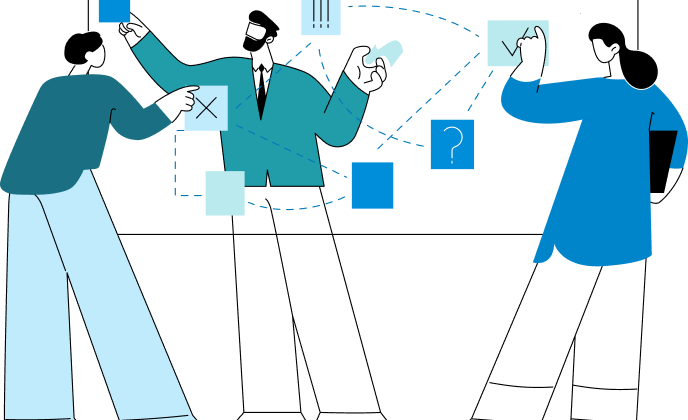Data Infrastructure Challenges
The existing infrastructure created significant operational bottlenecks. Years of valuable data sat in various formats - CSVs, JSON files, and database records - spread across S3 buckets and SQL databases. This included traditional credit data alongside alternative signals like fraud detection patterns and IP quality scores that could indicate user behavior.
Data scientists couldn't fully leverage this wealth of information, leading to sub-optimal models. Business analysts resorted to workarounds for critical dashboards and reports, often requiring engineering intervention to maintain complex scripts. Without a proper data warehouse, many reports could only run during specific times due to latency issues, creating a constant struggle between operational needs and system performance.

